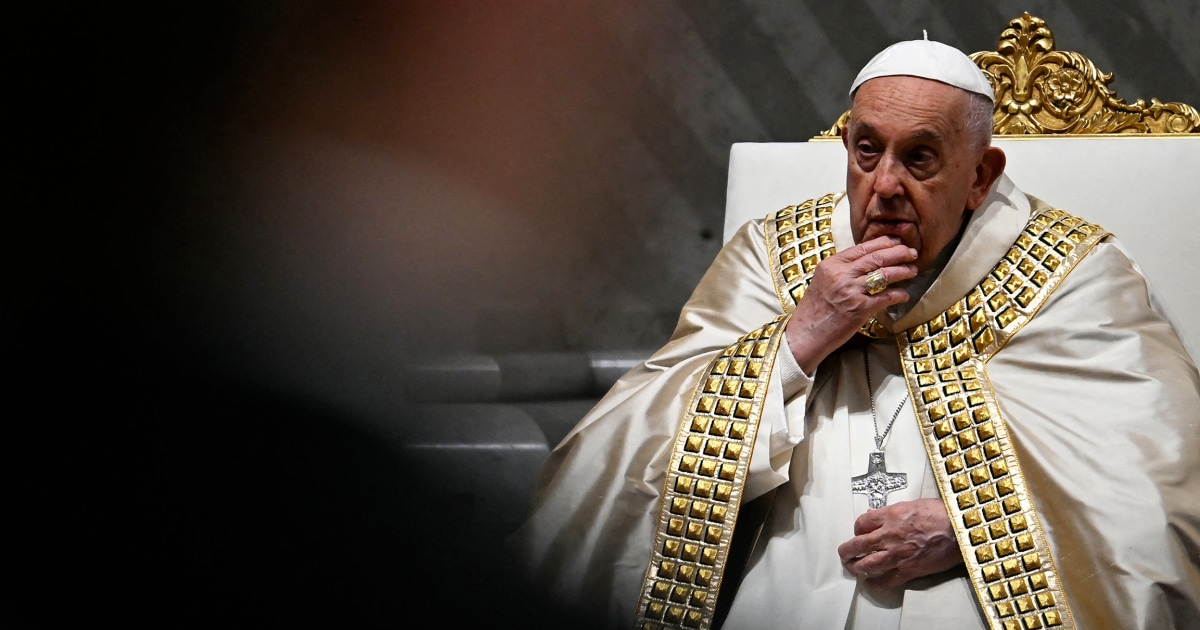
The Vatican has recently updated its guidelines for evaluating supernatural phenomena, such as visions of the Virgin Mary and weeping statues, for the first time since 1978. The new rules aim to provide clear procedures for bishops to investigate and potentially reject reports of alleged miraculous events while respecting popular devotion. These changes come in response to the increasing spread of unverified claims through social media and the need to protect the faithful from potential hoaxers.
Under these new norms, bishops are instructed to assess each reported phenomenon carefully and consider whether it can be ascertained as a sign of divine action. They must also evaluate whether there is anything that conflicts with faith and morals, if spiritual fruits need to be purified from problematic elements or warned about potential risks, and if it is advisable for the competent ecclesiastical authority to realize pastoral value.
The discernment of an alleged supernatural phenomenon may reach six conclusions: Nihil Obstat (no objection), Prae oculis habeatur (to be kept under observation), Curatur (to be taken care of), Sub mandato (under the authority of a higher ecclesiastical instance), Prohibetur et obstruatur (to be prohibited and obstructed), and Declaratio de non supernaturalitate (declaration of non-supernaturality).
It is important to note that neither the local bishop nor the Holy See will declare that these phenomena are of supernatural origin, but they may authorize and promote devotion and pilgrimages if deemed appropriate.
The Vatican has a long history of evaluating such claims, with notable examples including those at Fatima, Portugal; Lourdes, France; and Medjugorje in Bosnia-Herzegovina. Despite the new criteria, past decision-making on alleged supernatural events remains valid.
The Vatican has also taken action against groups that have made false claims or attempted to manipulate people's beliefs for personal gain. For instance, it excommunicated members of a Quebec-based group, the Army of Mary, after their foundress claimed to have had Marian visions and declared herself the reincarnation of the mother of Christ.

